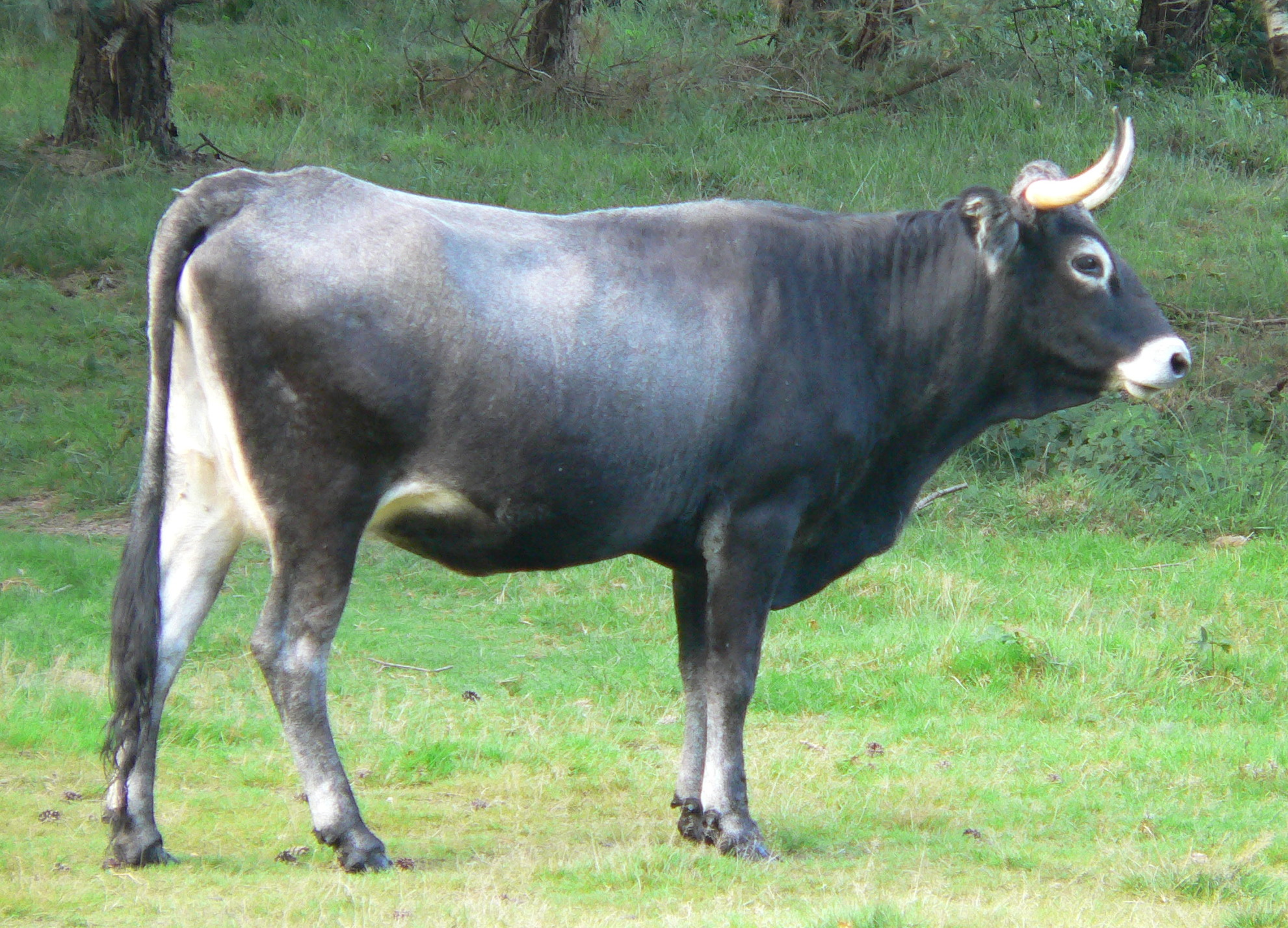Tudanca Cattle on:
[Wikipedia]
[Google]
[Amazon]



 The Tudanca is a traditional Spanish breed of
The Tudanca is a traditional Spanish breed of
File:TudancaBullHeathland.JPG, Tudanca bull in Johannahoeve, Netherlands.
File:Pareja tudanca.jpg, Couple of cows working at the grass crop in Saja valley, Cantabria, in 1983.
File:arrastrecantabria.jpg, Tudancas competing in a ''dragging test'' in the Day of Cantabria.
cattle
Cattle (''Bos taurus'') are large, domesticated, cloven-hooved, herbivores. They are a prominent modern member of the subfamily Bovinae and the most widespread species of the genus ''Bos''. Adult females are referred to as cows and adult ma ...
from Cantabria
Cantabria (, also , , Cantabrian: ) is an autonomous community in northern Spain with Santander as its capital city. It is called a ''comunidad histórica'', a historic community, in its current Statute of Autonomy. It is bordered on the east ...
, in northern Spain. It takes its name from the village of Tudanca
Tudanca is a municipality in Cantabria, Spain
, image_flag = Bandera de España.svg
, image_coat = Escudo de España (mazonado).svg
, national_motto = '' Plus ultra'' (Latin)(English: "Further Beyond")
, natio ...
in the in western Cantabria.http://www.iberianature.com/material/cows.html Spanish cows and beefs In the past it was a draught breed, much used for transport of goods to and from the ports of the Cantabrian coast; it is now reared for meat, but is still used in traditional sport of '' arrastre de piedra'', or "stone-dragging". Despite its geographic proximity, it is not closely related to the other cattle breed of Cantabria, the Pasiega.
Appearance and description
Tudanca is a middle-sized cattle breed, with cows reaching 135 cm shoulder height and a weight of 320 kg, bulls reaching 150 cm and 420 kg. The colour of Tudanca goes from greyish to black, cows are lighter than bulls on average. Like the aurochs, Tudanca bulls have a light stripe on their back. Additionally, they often have a light saddle. Typically for Tudanca is the swung back line, which is strongly pronounced in bulls. The cows are smaller and more gracile than the bulls. The long horns of Tudanca are variable, they can be either aurochs-like or swung outwards. Tudanca bulls often carry long curly hair on their front head, which is a feature also described for the aurochs. José María de Cossío describes the breed as "agile, strong, frugal and hardy". Tudancas are adapted to the mountainous orography and climate of the Cantabrian upland. Indeed, herds are moved up to the high pastures to graze on June where they are left until October.Range and use
Tudancas were formerly used in inner Cantabria as work animals in the field, but after the mechanization of agriculture, the breed was listed as protecteddomestic animal
This page gives a list of domesticated animals, also including a list of domestication of animals, animals which are or may be currently undergoing the process of domestication and animals that have an extensive relationship with humans beyond simp ...
, since it is, like other primitive cattle breeds, facing extinction because its low economical production rate. The efforts of many breeders and the lately recognized quality of its superb meat have stopped declining and livestock grows back. An equation from 2008 counted 12.991 individuals.
Tudancas are used by the Arbeitsgemeinschaft Biologischer Umweltschutz in Soest, Germany
Germany,, officially the Federal Republic of Germany, is a country in Central Europe. It is the second most populous country in Europe after Russia, and the most populous member state of the European Union. Germany is situated betwe ...
, in a semi-feral state in grazing projects to retain an open landscape with its biodiversity.Bunzel-Drüke, Finck, Kämmer, Luick, Reisinger, Riecken, Riedl, Scharf & Zimball: ''"Wilde Weiden: Praxisleitfaden für Ganzjahresbeweidung in Naturschutz und Landschaftsentwicklung'' Furthermore, Tudancas are used in the Netherlands
)
, anthem = ( en, "William of Nassau")
, image_map =
, map_caption =
, subdivision_type = Sovereign state
, subdivision_name = Kingdom of the Netherlands
, established_title = Before independence
, established_date = Spanish Netherl ...
for the same purpose, e.g. in Johannahoeve and the Planken Wambuis reserve. Stichting Taurus also uses this breed. There, it is integrated in TaurOs Project, which aims to breed a type of cattle that resembles the aurochs by crossing with other aurochs-like breeds like Sayaguesa Cattle, Pajuna Cattle, Maremmana primitivo and others.http://www.stichtingtaurus.nl/cStdPage.php?ref=54&userID=84a8818d6ca464282b76af6952d97d46 Stichting Taurus
Gallery
See also
* Aurochs * TaurOs ProjectReferences
External links
* http://www.infocarne.com/bovino/raza_tudanca.htm * http://www.stichtingtaurus.nl/ * http://www.feagas.com/index.php/es/razas/bovino/tudanca {{Cattle breeds of Spain Cattle breeds originating in Spain Animal breeds originating in Cantabria Cattle breeds